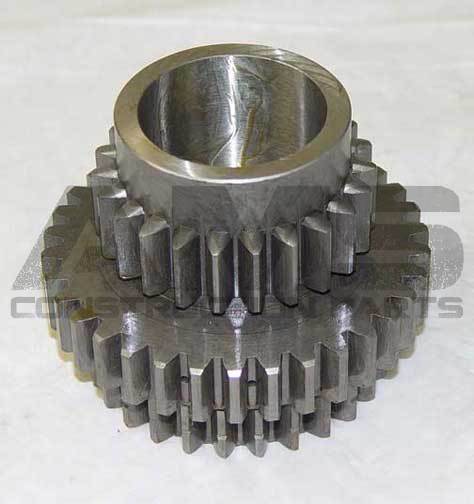
Additionally, the fluid level in the hydraulic system should be checked and topped off if necessary. If the linkage is damaged or corroded, it may cause slow or intermittent shifting. The shift lever is connected to a linkage that allows the operator to change gears. To identify the root cause of the problem, it’s important to understand the different components of the shuttle shift system. Fortunately, there are several solutions available to troubleshoot this issue and get your tractor back up and running quickly.Ĭommon causes of slow or intermittent shifting in John Deere tractors include a malfunctioning shift lever, low hydraulic fluid levels, and blocked filters. This can be especially troublesome for operators who rely on the tractor for farming or commercial applications, as slow or sluggish shifting can affect productivity and make operations inefficient. John Deere tractors equipped with a shuttle shift transmission are often affected by slow or intermittent shifting.
JOHN DEERE 350 DOZER TRANSMISSION CLUTCH HOW TO
Common mistakes while buying John Deere tractorsĦ Common John Deere Tractor Shuttle Shift Problems – And How to Fix Them 1) Slow or Intermittent Shifting.How do Standard and Power Shuttle Clutches work?.6 Common John Deere Tractor Shuttle Shift Problems – And How to Fix Them.It's not a good and proper fix, but sometimes it can buy you a few months or years. Sometimes, if a clutch pack develops a bad leak, you can turn up the rate-of-shift so more oil is delivered to offset the leak. I've worked on many though, that were made usuable again by shimming up the main pressure and opening up the trimmer screw. Most of the time (not all, but MOST) the problems are internal.

The control valve assembly can be removed without pulling the reverser. The fork sits on a pin and can get quite a wear groove in it after a while. Only thing that comes to mind is the fork inside the valve that hooks to the spool that puts it in reverse. There are many things that can go wrong in the control valve, but there isn't much that will affect just reverse. Re: Re: Re: Re: Re: JD 350B Reverser Problem in reply to Al Jewett, 04-06-2004 14:26:05

If you get a low reading in reverse only, you've probably got internal problems, but there are some other things to check first, in the control valve.

If you get a an overall low reading, you might be able to shim it up. Pressures should be equal an over 100 PSI. Observe the pressure when you put the reverser into forward and reverse. Then, put the crawler's gear transmission in neutral and run the engine at half speed. A grease-gun hose hooked to a gauge works nicely. Stick a 0-300 or something capable of reading 150 PSI into the port. Next one back is the clutch pressure port. As I recall, the one that is closest to the front is the lube/release port, and in some applications it has a sending unit stuck into it to operate an "idiot light", but that's usually when used in 1010 crawlers. One is the lube/release port and the other is clutch pressure port. You'll find two 1/8" pipe plugs, probably with an Allen wrench drive. Take a floorboard off and there's there's the valve body. When your sitting in the crawler, it's around where your left foot is. Next, you need to put a pressure gauge into the pressure port in the reverser hydraulic control valve.

There is a trimmer screw underneath that adjusts like a carburetor jet to increase or decrease the rate of shift. If it's adjusted too soft, it could make one of the functions slip. in second gear, you should be able to shift from forward to reverse without touching the clutch pedal, and it should be a firm but not harsh shift. how was the crawler shifter between forward and reverse? Normally, with the crawler at half throttle and the gear trans. Also, is your "rate of shift" screw adjusted properly, i.e. The most obvious thing to check is the linkage going to the shifter make sure it is engaging fully into reverse. Okay, so the reverse function is not working in the hydraulic reverser but forward is functional.


 0 kommentar(er)
0 kommentar(er)
